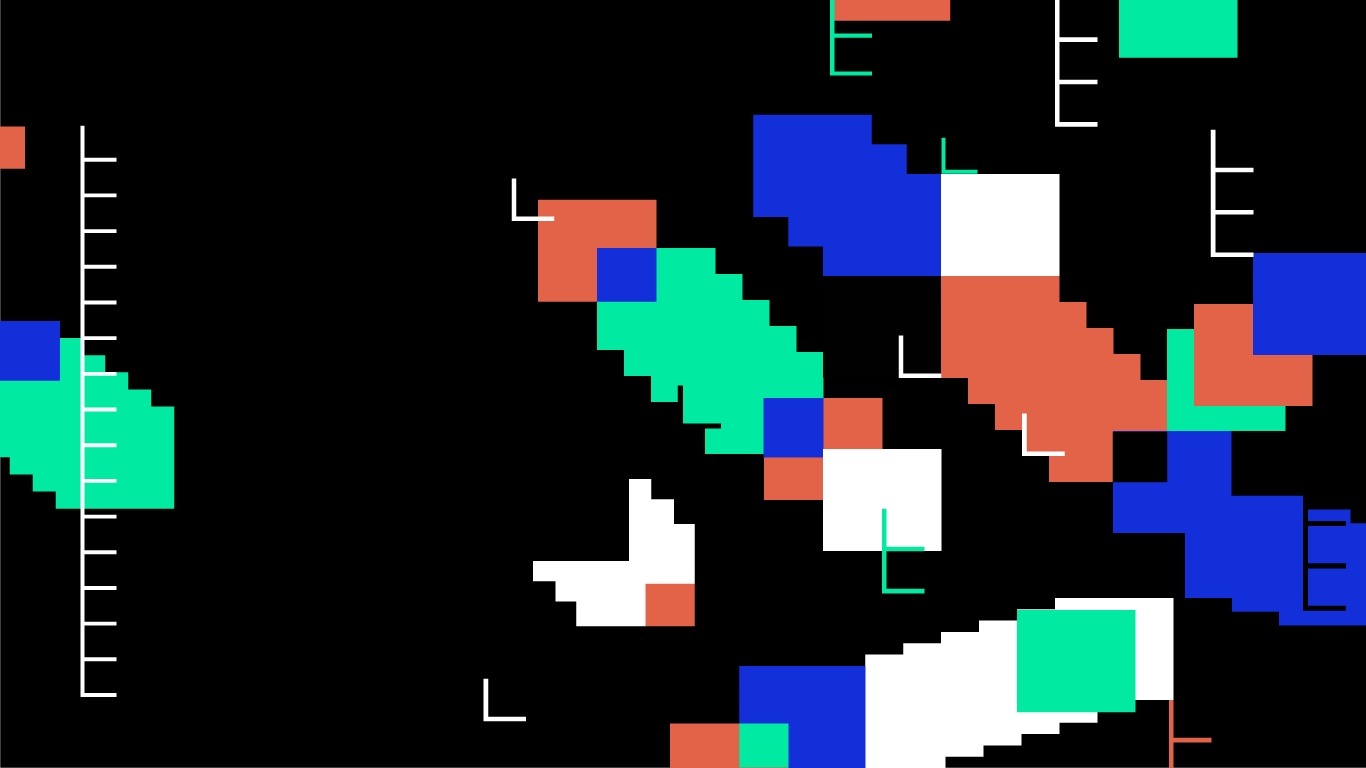Jong Min Jung
Jong Min Jung is an artist born in Ilsan, South Korea and raised in South Korea, US, and China. His passion lies among architecture, and from his vast cultural background, he was inspired to look into his own culture. His works reflect a struggle in maintaining traditions in the form of architecture.















About the Exhibition
In my exhibition I wanted to show 3 different themes: process of art making, Korean traditions, and elements of architecture. As this exhibition’s main audience is students of my school, I wanted to create an exhibition that makes students rethink about the place they live in and its tradition along with possibly inspiring them to take a path towards architecture or art.
The artworks I have presented shows a coherent theme of Korean tradition explored in the concept of architecture. From living in Seoul, I have been constantly inspired by my surroundings and started noticing some dissonance in my city. Due to the fast development of the country after its colonization by Japan in the early 20th century, Korea rapidly built upon a western system with buildings following a more western style. This is evident throughout the city as now one part of the city consists of only traditional Korean architecture style while others consists of tall modern skyscrapers to short western buildings from the 20th century. I felt that such dissonance is a way of destroying my culture as the percentage of traditional Korean buildings are decreasing annually. However, I knew that western buildings had its strength and it was impossible to force people back to an older style of living. Therefore, from this I wanted to study Korean traditions to apply to modern buildings in creating a fused product of both cultures.
One of the key features of Korean tradition I studied was the fusion with the surroundings. Unlike western culture, Koreans had chosen a way of living with nature, such tradition is reflected in architecture as the barrier of inside and outside is ambiguous in traditional Korean housings (Hanok). I explored this concept of inside and outside of Korean buildings throughout most of my artworks and was deeply inspired by M.C. Escher and Erik Johansson who are both surrealists that create artworks merging two different things while dissipating the sense of barrier. The deeper I delve into studying traditions and artworks, the more I started appreciating the thoughts and efforts put behind creating a design or artwork. Therefore, this inspired me to create an exhibition that clearly demonstrates such process along with final products to inspire others too.
To show both final products and the process of bringing to the final product, I divided my artworks into two categories. One being final products[Haechi, Dissonance, Urbanization, Perspective, Modern Hanok], and one being experimental artworks[My Street, The Metamorphosis, Seoul, Assimilation, Hanok, Portfolio]. As a student interested in architecture, I also wanted to creatively show these separate categories using the concept of inside and outside spatially. The outside being the final products and the inside being experiment artworks. I believed that breaking the rule of normal exhibition just being a way to show the final product and showing both development and final products would be a way of inputting the traditional Korean concept of merging inside and outside.
I chose to present this spatially through two sides of a wall. One side with the final products and one side with the experimental artworks. However, I wanted to communicate deeper into the process of art-making with my audience as I intended to inspire them as I was inspired. Therefore, as a student interested in architecture, I decided to present the experimental artworks through my workspace. While one side of the wall is a plain wall with finished products, the other side will be a workspace that includes experimental artworks along with other components that I use when I create artwork, such as the tools or books. I believe one’s workspace or a desk can tell many things about the person. Also, through making it an interactive exhibition, I believe it will add an entertaining component where students can interact with the space I work in to better experience the processes of art making and developing ideas that I found inspiring.
Through such components of my artwork and my exhibition, I believe it will demonstrate the 3 themes - process of art-making, Korean tradition, and elements of architecture - and possibly inspire fellow students to take an interest in architecture or art making.
_______________________
1 Poole, Steven. “The Impossible World of MC Escher.” The Guardian, Guardian News and Media, 20 June 2015, www.theguardian.com/artanddesign/2015/jun/20/the-impossible-world-of-mc-escher.
2 “ERIK JOHANSSON.” ERIK JOHANSSON, www.erikjo.com/.























